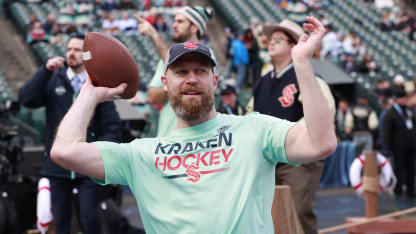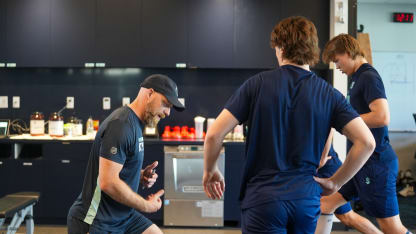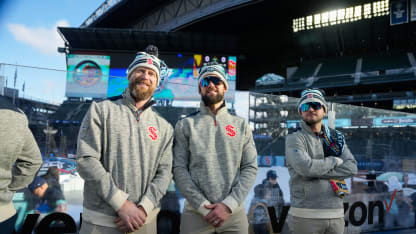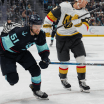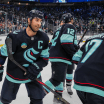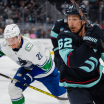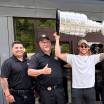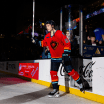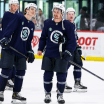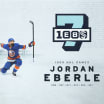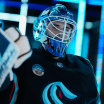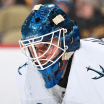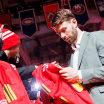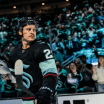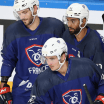Talking to the Summer Trainers Back Home
Ok, back to hockey: In addition to briefing players on exit day, Brookreson reaches out to individual players’ summer training coaches, often long-standing personal trainers in their home areas. He makes those calls at the beginning and end of the offseason, being careful, per NHL Players’ Association bylaws, not to be inquiring whether players are complying and sticking to the training plan. The agenda is to reiterate the player’s specific goals as agreed on exit day with Brookreson and answer any questions the trainers might have about tailoring summer workouts to achieve the best outcomes during the first-day testing at training camp in mid-September.
“Some trainers might ask about specific protocols and others want to discuss whether, say bike rides [as an aerobic training option],” said Brookreson. “I find the trainers and the players themselves are pretty dialed in ... What you see in this sport now is the expectation that when you show up to camp, you need to be ready, not playing your way into being in shape for the season.”
Brookreson explains: “There’s not enough window of opportunity to improve. Once the players get here for the preseason, they come in, they test and we'll basically have two days of practice and then we're playing a game.”
That many players return for informal, no-coach, “captain skates” soon after Labor Day is further proof today’s NHL players) aim to be in peak condition when camp starts Sept. 18 at Kraken Community Iceplex (btw, Kraken fans, if you want to train like your favorite players, well, sort of, the team will be announcing details of a brand-new Kraken 5K event next Monday).
Giving Prospects Plenty to Shoot For
Kraken prospects ranging from draft choices to signed undrafted free agents to amateur tryout invitees will convene Sept. 11 for rookie camp. Many of those participants have tested with Brookreson and assistant strength and conditioning coach Jake Jensen at previous July development camps and/or past rookie camps. This group, of course, is vital to the long-term success of the franchise (and quite possibly in the shorter-term for select participants in rookie camp).
“The way we go about the prospect process is when they come in for development camp [in July], they go through the same testing as the NHL players do,” said Brookreson. “They're able to see how they stack up against their peers, know where they're at relative to the guys they're competing against. But they're also able to see what the AHL [American Hockey League] and NHL standards are.”
Getting Bigger and Stronger
Prospects Brookreson acknowledges most NHL prospects need to get bigger and stronger to play at the NHL level. Not to forget many rookie camp participants are still growing in their late teens and early 20s too, the testing numbers provide clear guidance on strength and conditioning measures they need to be NHL-ready at their positions.
“Ultimately, we can identify deficiencies they can work on the rest of the summer. Maybe it's not just strength and size. It might include improving aerobic and anaerobic fitness [with and without oxygen during a shift] or explosive power that might otherwise be limiting factors to playing in the NHL. We look to give them objective data to be able to prioritize
with training [with a spot on the NHL and AHL rosters as the future payoff], then be able to communicate [summer trainers and coaches] they're working with.”
It's intuitive that hockey players, rookies and veterans alike, require superior lower body and core strength and power. But Brookreson pointed out that deficiencies in the upper body can put a younger player at a disadvantage by “opening them up for issues with injuries or contact.” It can be underrated how more lean mass in the upper body to help a player “withstand the kinds of forces on the ice.”

